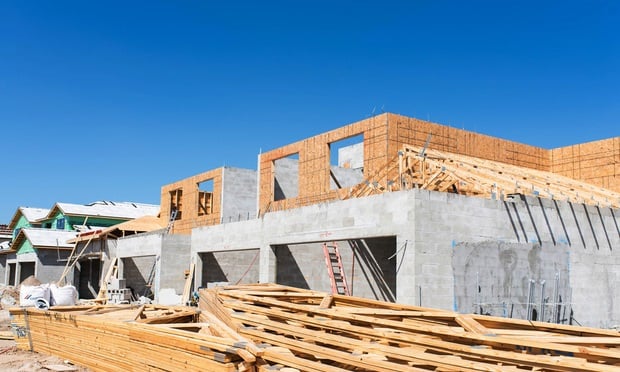PHOENIX-Closing out the Lodging Conference on Friday, investors were not shy about speaking their minds during the Owners and Lender's Forum. Coupled with an engaged audience that provided a great deal of fodder—and moderated by ALM Real Estate Media Group's Michael Desiato—the group discussed trends in lending, interest rates, the debut of new markets and funding sources, as well as whether the hospitality sector is nearing peak, has surpassed it or maybe even has a ways to go.
“Hotel lending is getting more competitive,” said Franklin Lin, director of commercial real estate, Deutsche Bank. “There is less money out there for development; there's frothiness of the sector, no doubt. We're starting to use that word more these days.”
Added Mark Owens, managing director of Ackman-Ziff's real estate group, “Of the construction loans we underwrite, we probably only take about 5% of them. We go through everything and it takes a lot of time.”
He offered some advice for developers looking to borrow. “Generally, your construction docs need to be about 70% done before a lender will give a term sheet. Just showing schematics won't work today.”
And to lenders, he cautioned, “We had a $150 million development deal on a Midtown Manhattan property, and we underwrote the loan as if the hotel was unionized because that was the worst case scenario. If we had done the best case scenario and then went to market, the deal gets blown up.”
As for owners of existing properties, Fred Grapstein, SVP of Vornado Realty Trust, said more can be done to cut costs. “If there are unnecessary departments in a hotel, like a laundry, you can outsource that and create efficiency. So you may find value where others do not.”
Of course, all parties to a deal must contend with the issue of rising interest rates. Said Ben Van Horn, commercial mortgage banker, Keystone Commercial Capital, “Now you have to convince someone that 5.34 is still a good rate, versus the 4.25 they would've gotten at the beginning of the summer. But Grapstein countered, “We are too concerned about interest rates, they're historically low.”
Although, he noted, “If you look at the increases, the fact that brands are coming back for a round of PIPs, plus if you have concerns about oversupply in your area, you could start to worry.” And Grapstein does see a supply issue.
“When you look at the hotels coming online, 90% of them are 200 room or less, and 75% are upscale or midscale,” he said. “So essentially, we're putting the same box all over the US, just with different brands. I'm concerned about that.”
All of this is providing some new or surprising sources of capital, both for the hotel sector as a whole as well as for specific markets. “CMBS has certainly grown,” noted Lin. “Deutsche does about a billion of issuance every month, and it's foreseen to be more.”
Added James Fitzgerald, managing director, hotel investments, Principal Real Estate Investors, “Sovereign wealth funds used to just want New York, but now they're looking at Seattle. Maybe they're not considering secondary markets, but they don't have only look at the top three now either.”
“There's going to be a lot of foreign capital coming in,” agreed Owens, “and those investors are looking for yield. Maybe they're not looking at middle America, but certainly they're considering markets like Seattle, which is hot right now.”
Even stellar past performers can't be counted on in the current market, Grapstein asserted. “Washington DC is the worst performing of the top 25 markets, because of sequestration, and that will probably happen for some time.”
But what about the $64,000 question: has the hotel sector topped out? “Our global economy still has the potential for volatility overseas,” said Fitzgerald. “But in the US we're moving in the right direction.” Other panelists disagreed. “Treasuries have dropped 24 basis points, we're still in a place of volatility,” said Owens. “We're in a safer place than a year ago but there's still a lot that could mess things up.”
That presents a conundrum though, he continued, at least in New York, “A lot of the inventory that has been coming online has been in the mid-tier focused service segment. We have over 20 million square feet of office space coming in the next seven years, so we're undersupplied.”
© Touchpoint Markets, All Rights Reserved. Request academic re-use from www.copyright.com. All other uses, submit a request to [email protected]. For more inforrmation visit Asset & Logo Licensing.







